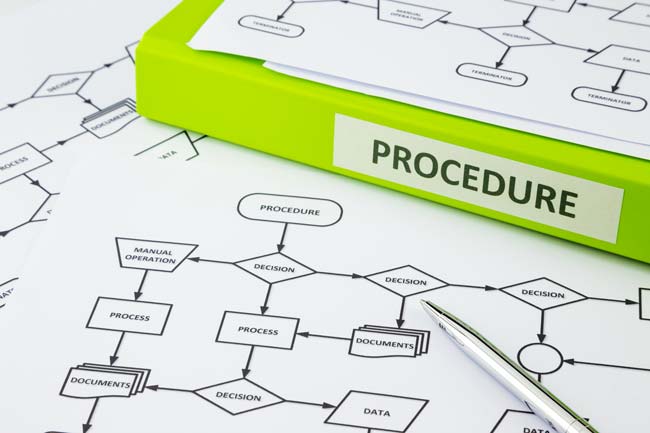Local OEM’s are taking a cue from the automotive industry and requiring a set of documents called PPAPs (Production Part Approval Process) from their suppliers during the introduction of a new part.
For many small manufacturers this level of documentation can appear to be daunting. Some have been able to charge for the time but many customers have decided it is part of the cost of working with them. We have implemented multiple PPAP systems to ensure the data is collected in the simplest way possible and the documentation is as expected by the customer. Here are a few guidelines to help you get your PPAP process in line:
- Work with the person reviewing the PPAP to ensure that you are providing exactly what they are looking for. Even though this should be standard, many reviewers want to see things differently, once you learn this you can lock it in.
- If a PPAP gets rejected ask for the entire document to be reviewed. We have seen too many revisions being made for the PPAP to be rejected a second or third time as they work through the package. Many of the revisions are just clerical.
- Set up the data collection before making the part to ensure that nothing is missed. Create a folder to travel with the part through production so items can be added, like material certificates and first article reports.
- Prepare for the PPAP during the contract review phase. It is exceedingly difficult to get questions answered during the production phase of a project when a delivery date is waiting. Make sure you have and understand all applicable specifications before the order is processed. This is also the time to document the Control Plan and FMEA (Failure Mode and Effects Analysis).
- Review all material certificates prior to using the item, look for requirements like tensile strength, yield strength and chemistry to meet the customer specification or you may have to remake the part.
- Factor in the extra time to get the order processed and the PPAP approved. Ensure you have provided sufficient lead time as you may need to create fixtures, tune in your operating parameters and the customer may take some time reviewing the documentation.
Recognize that PPAPs are a cost of doing business with some of the major manufacturers. Adjusting pricing or charging for this level of documentation may be required to justify the extra labor, however there is value in ensuring that the products meet the specification of the customer and being able to prove it with documentation. Customers need to also understand where PPAPs add value because they cost time and money to create which can eliminate margin on small production runs.


